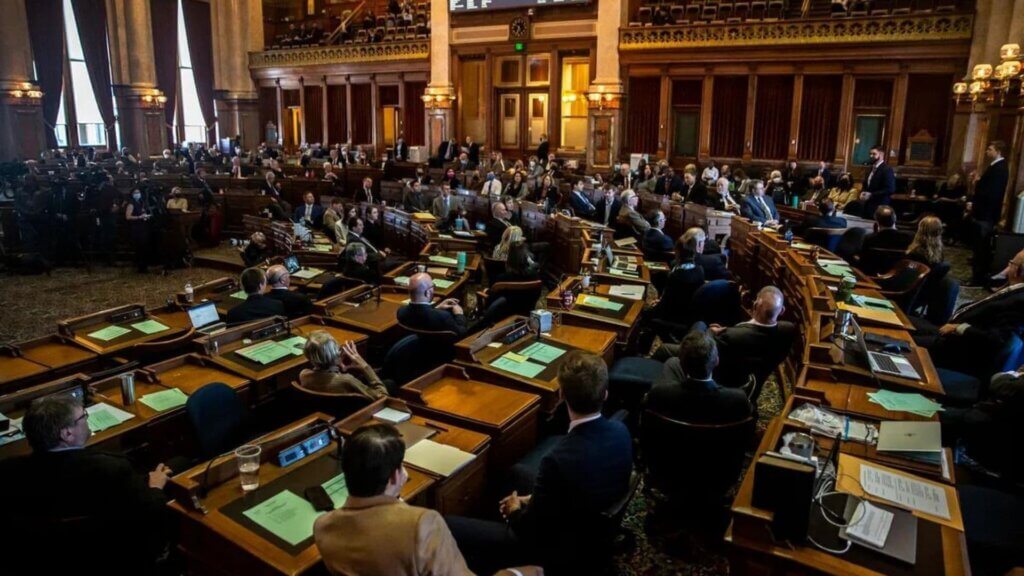
Iowa has seen some big changes in tax law in the last few years. These changes have impacted many Iowans, especially those with high incomes or large retirement withdrawals. It’s important for residents to understand how these changes may affect them and their planning opportunities.
The biggest change for Iowans is the elimination of multiple income tax brackets and the shift to a flat rate starting in 2022. This will make Iowans in the highest income bracket pay the same rate as those in the lowest income bracket, making it more fair and equitable. The new tax code also makes retirement income like 401(k)s, IRAs, and pensions tax-free and reduces taxes on certain investment earnings.
These changes will have a dramatic impact on taxpayers, and it’s important for people to calculate their tax liability and see how they can adjust their withholdings. The Department of Revenue has updated their basic withholding estimator to help individuals do this. Additionally, the department encourages employees to talk with a professional tax advisor about their individual situation and whether they should make any withholding adjustments.
While the new law will help lower Iowa’s top marginal tax rate, it will still leave it among the ten highest in the country. However, the state’s corporate tax will be reduced from 12 percent to 7.1 percent in 2024, helping to make Iowa more competitive and creating jobs.
| Iowa Income Tax Brackets 2025 | Rates | ||||
| Lower Limit | Upper Limit | TY 2023 | TY 2024 | TY 2025 | TY 2026 |
| $0 | $6,000 | 4.40% | 4.40% | 4.40% | 3.90% |
| $6,001 | $30,000 | 4.82% | 4.82% | 4.82% | 3.90% |
| $30,001 | $75,000 | 5.70% | 5.70% | 4.82% | 3.90% |
| $75,001 | And over | 6.00% | 5.70% | 4.82% | 3.90% |
NOTE: Brackets Double for Married Filing Jointly

How Much is Iowa Income Tax?
The Iowa income tax is a progressive state income tax based on the amount of money you earn. The tax is levied on your taxable income, which is the total of all of your earnings before any deductions are applied. You must pay taxes on your federal and state income and any local or county surtaxes.
The current tax rates in Iowa are 4.4% for the first $12,000 of taxable income, 4.82% for the next $12,000, and 6% on all income above that amount. These Iowa tax rates are unchanged from last year. They apply to taxpayers filing as Single, Married Filing Jointly, Married Filing Separately, or Head of Household.
Unlike some states, Iowa does not have a standard deduction. Instead, you must itemize your deductions if you choose to do so. You can claim itemized deductions if they add up to more than your standard deduction. The calculator below estimates the amount of tax you will owe in Iowa if you itemize your deductions.
The Iowa Department of Revenue indexes the individual income tax brackets each year to reflect inflation. The indexing of the tax brackets helps to protect taxpayers from paying higher taxes simply due to inflation. The state also has a sales and use tax that is imposed on all retail purchases. In addition, Iowa has a 2% local income surtax that is used for schools and emergency medical services.